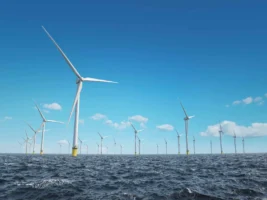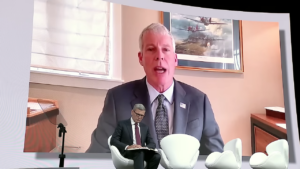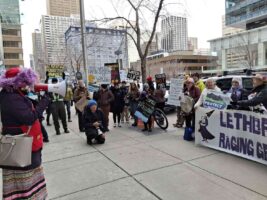New South Australia premier Steven Marshall has an energy policy that is largely based around the need for “baseload”, the assumption that renewables are the cause of its high electricity prices, and its increasing dependence on imports from Victoria.
In short, it is largely based on some of the common myths that we reported on last week ahead of the state election, including the idea that the 75 per cent renewable energy target is “reckless”, and that manufacturers are fleeing the state (actually, they are going green).
But all is not what it may seem. The Australian Energy Market Operator has just begun publishing a new quarterly report on energy market insights. And it contains some fascinating material.
Here is the first, its findings of average wholesale electricity prices in each state connected to the National Electricity Market, in the latest quarter (December quarter), the previous quarter and the last 10 years.
The first thing to note is that South Australia does not have the highest wholesale electricity prices in any of the periods cited here by AEMO.
In the latest quarter, it was beaten by Victoria and Tasmania, and only slightly more expensive than NSW. In the September quarter, it was beaten by Victoria again, and only slightly more expensive than NSW and Tasmania.
The only state with significantly cheaper wholesale prices over the last two quarters was Queensland, but this can be attributed to the fact that its coal and gas generators are mostly owned by the state, and are under instructions to bid lower than they otherwise might.
Even on the 10-year four quarter average, South Australia is cheaper than both NSW and Queensland, and just a smidgen ahead of Tasmania.
The next graph shows average inter-regional flows in the fourth quarter over the last four years. The striking thing here is the shift for South Australia to net exports, and the reliance in NSW on imports from Queensland and Victoria.
According to AEMO, both NSW and Victoria were net importers of electricity (609 MW and 130 MW respectively) in the fourth quarter, while South Australia was a net exporter, with an average of
185MW flowing from South Australia to Victoria.
That latest figure is a net change of 531MW compared to the previous December quarter – a function, AEMO says, of significant thermal power station closures coupled with ongoing investment in
renewable generation.











